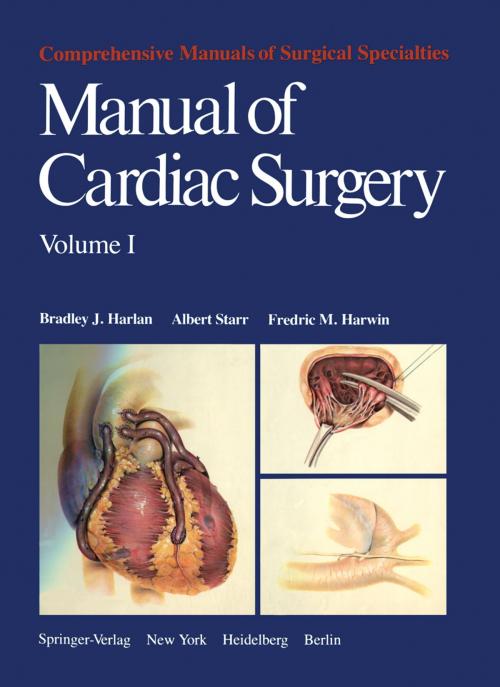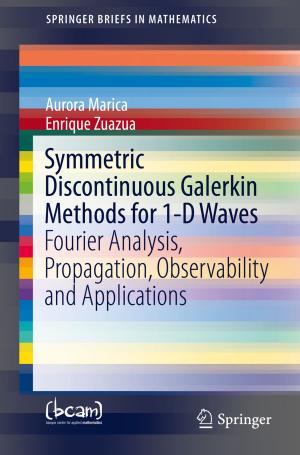Manual of Cardiac Surgery
Volume 1
Nonfiction, Health & Well Being, Medical, Surgery, Vascular, Thoracic| Author: | F.M. Harwin, A. Starr, B.J. Harlan | ISBN: | 9781468400762 |
| Publisher: | Springer New York | Publication: | December 6, 2012 |
| Imprint: | Springer | Language: | English |
| Author: | F.M. Harwin, A. Starr, B.J. Harlan |
| ISBN: | 9781468400762 |
| Publisher: | Springer New York |
| Publication: | December 6, 2012 |
| Imprint: | Springer |
| Language: | English |
difficult, to represent it as the surgeon sees it, and to understand the anat omy, which is not always visible. In part, this was accomplished by paint ing on both surfaces of transparent paper to create the illusion of looking through superficial layers to the deeper structures. A combination of color media, including colored pencil, graphite, carbon, pastels, and transparent and opaque watercolors, enabled me to convey the field with minimal loss of reality or dimension. Of equal importance was the availability, for every illustration, of direct surgical observation, surgical photographs, fresh specimens, and the surgical instruments. The sequence of creation was first the discus sion of desired illustrations, then a rough sketch, consultation with the surgeons, finished pencil drawing, another consultation, and finally the color rendering. These color renderings were then checked against actual surgery for accuracy in representation of tissues, instrumentation, tissue responses to manipulation, and consistency of representation. From these processes evolved a technique that facilitated the flow of information, in logical sequence, from one step to the next and from one procedure to another, always focusing the attention of the audience toward what is pertinent and away from the extraneous.
difficult, to represent it as the surgeon sees it, and to understand the anat omy, which is not always visible. In part, this was accomplished by paint ing on both surfaces of transparent paper to create the illusion of looking through superficial layers to the deeper structures. A combination of color media, including colored pencil, graphite, carbon, pastels, and transparent and opaque watercolors, enabled me to convey the field with minimal loss of reality or dimension. Of equal importance was the availability, for every illustration, of direct surgical observation, surgical photographs, fresh specimens, and the surgical instruments. The sequence of creation was first the discus sion of desired illustrations, then a rough sketch, consultation with the surgeons, finished pencil drawing, another consultation, and finally the color rendering. These color renderings were then checked against actual surgery for accuracy in representation of tissues, instrumentation, tissue responses to manipulation, and consistency of representation. From these processes evolved a technique that facilitated the flow of information, in logical sequence, from one step to the next and from one procedure to another, always focusing the attention of the audience toward what is pertinent and away from the extraneous.















